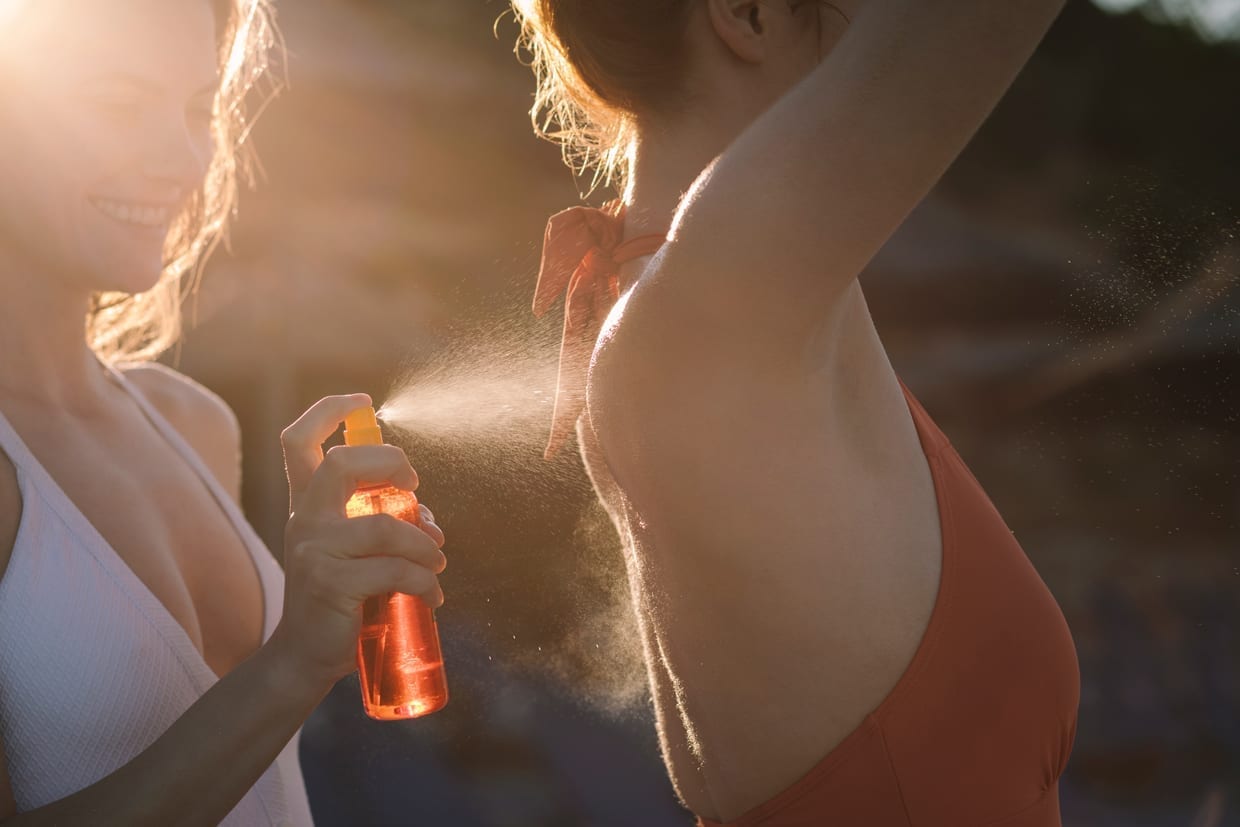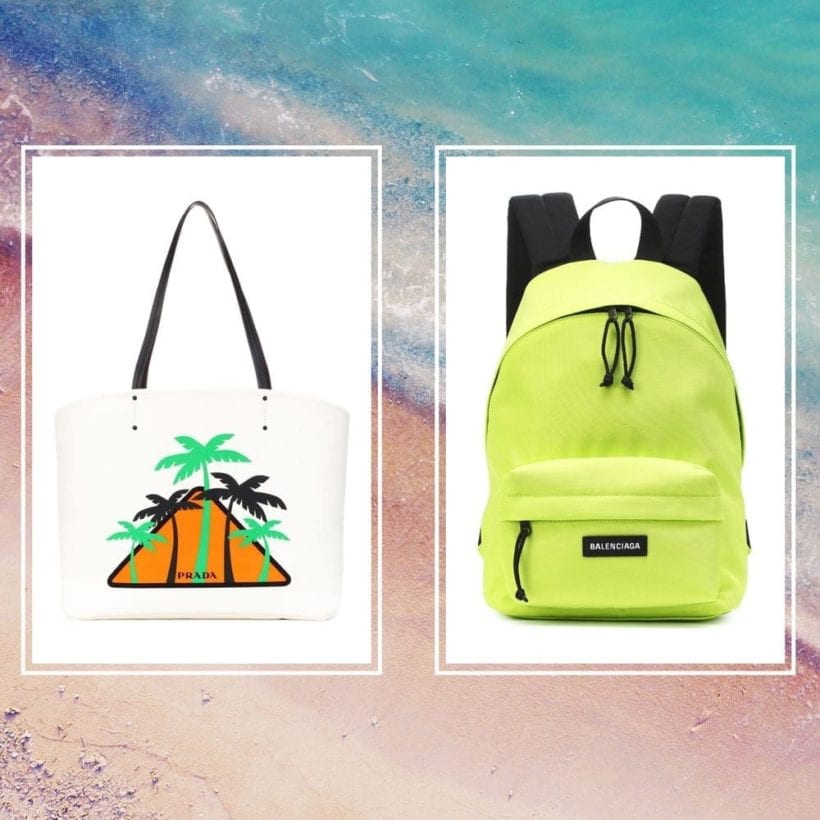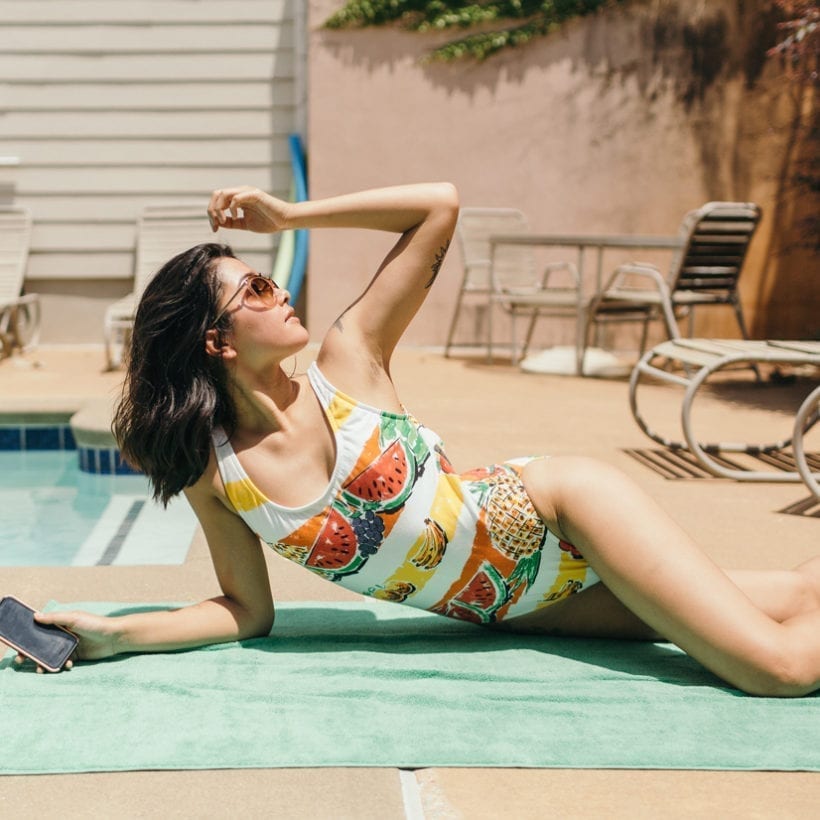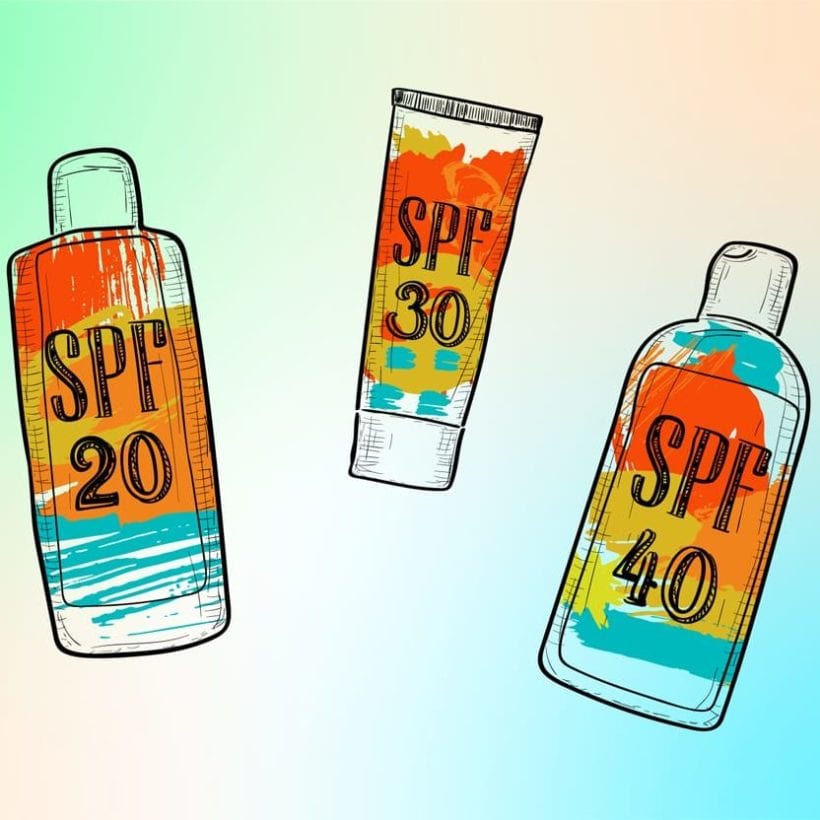Summer is in full swing and with the rosé-colored glasses comes great responsibility — sun protection. A topic near and dear to my fair-skinned and freckled heart, I use sunscreen every single day.
But applying it is not fun, and I am never sure if I am using the “right” product. Sunscreen even comes in powder form now — we are a long way away from the neon-colored zinc oxide my mom used to put on me like war paint before I went swimming … in a T-shirt and hat.
And with skin cancer rates increasing, it is important to me that I make the right choice, even as store shelves are filled to the brims with varying terminology that can confuse even the most sun savvy of us.
“With the recent advances in product formulation and packaging, sunscreens are getting a lot more versatile and compatible with diverse lifestyle needs,” explains dermatologist Shasa Hu, M.D., F.A.A.D. “You will find sunscreen spray, wipes, stick, powder, lotion, cream and gel.”
https://www.instagram.com/p/BzvrSl4n7X4/
So, where do you begin? Hu recommends starting with a lotion-type sunscreen so you, “have a good base.” From there, reapplication throughout the day may be easier in the form of a spray, especially for those hairier or harder to reach spots. “Spray sunscreens are effective when used properly,” says New York City-based dermatologist Joshua Zeichner, M.D, F.A.A.D. “Hold the can one inch from the skin and spray until the skin glistens, then rub it in.” Rubbing in the product is essential for protection, and most are unaware it is necessary.
A general rule of thumb for the aerosol sprays? “If you do not see the sunscreen on the skin, then it is not there,” says Zeichner.
Hu, however, is not a fan of the spray options. “I personally don’t recommend sunscreen spray as much because the mist is difficult to control, and the amount that that mist gets to stay on your skin varies greatly with the wind and air humidity,” she says.
Another concern? Data outlining the health effects of inhaling the propellants used to package sunscreen spray is limited but concerning. The European Chemicals Agency (ECHA ) linked titanium dioxide, a popular mineral sunscreen ingredient, to cancer in 2017, when inhaled. It found that in rodents, high levels of nanoparticles caused cancers within the respiratory tract.
Proper sunscreen application is all about maintenance and efficiency.
Though, a 2018 study published in the Journal of the American Academy of Dermatology cited that, “If current trends continue, sprays will soon overtake lotions as the primary sunscreen formulation.”
When it comes to sticks (sunscreen that looks like deodorant) or wipes, Hu says, “They might be easier for those who sweat a lot,” while the powder formulation, like this one by Supergoop!, “might be more cosmetically pleasing for those who wear makeup.”
If you opt for a stick, Zeichner recommends applying it back and forth on the skin for “four passes” to ensure enough is deposited on the skin for adequate protection.
And for all sunscreen types, be sure that you pay particular attention to your ears, lips and chest — and the top of your feet — as those are the locations that burn the easiest and most often.
While the type of sunscreen you choose is largely a personal preference, the most important factors are selecting the right SPF with the right ingredients and applying it effectively, which may be a bit more complicated than you think. Proper sunscreen application is all about maintenance and efficiency.
Zeichner, and the American Academy of Dermatology, advises choosing a broad-spectrum product with at least a SPF 30. And, be sure to apply it correctly. Hu says at least a shot glass full of sunscreen on an average-size person should do the trick.
However, for non-cream based sunscreens, calculating the right amount to apply can be challenging. Zeichner adds that “Towelettes, shampoos and rinses, and powders do not provide enough protection by themselves,” because it is difficult to measure how much sunscreen is deposited on the skin when using these types of products. “If we don’t apply enough, then we don’t get an adequate amount of protection,” he says.
https://www.instagram.com/p/By-6bJoB3C7/
Hu also generally advises her patients to opt for creams, lotions and gels as those formulations have the highest reliability. But ultimately, “the best sunscreen is the one you are actually applying,” says Zeichner. So after checking out the labels, choose the product you are most likely to use, and be sure to use it correctly.
Athlete? Grab a stick. Busy mom? Swipe a wipe. Rocking a full face of makeup? Pat on the powder.
And while you are at it, “Don’t forget that protecting yourself from the sun is just as much about sunscreen as it is about sun-protective behavior,” Zeichner adds. “Seek shade during the peak sun hours of 10 a.m. and 2 p.m., and wear protective hats, glasses and clothing.”
We only recommend products we have independently researched, tested and loved. If you purchase a product found through our links, Sunday Edit may earn an affiliate commission.







